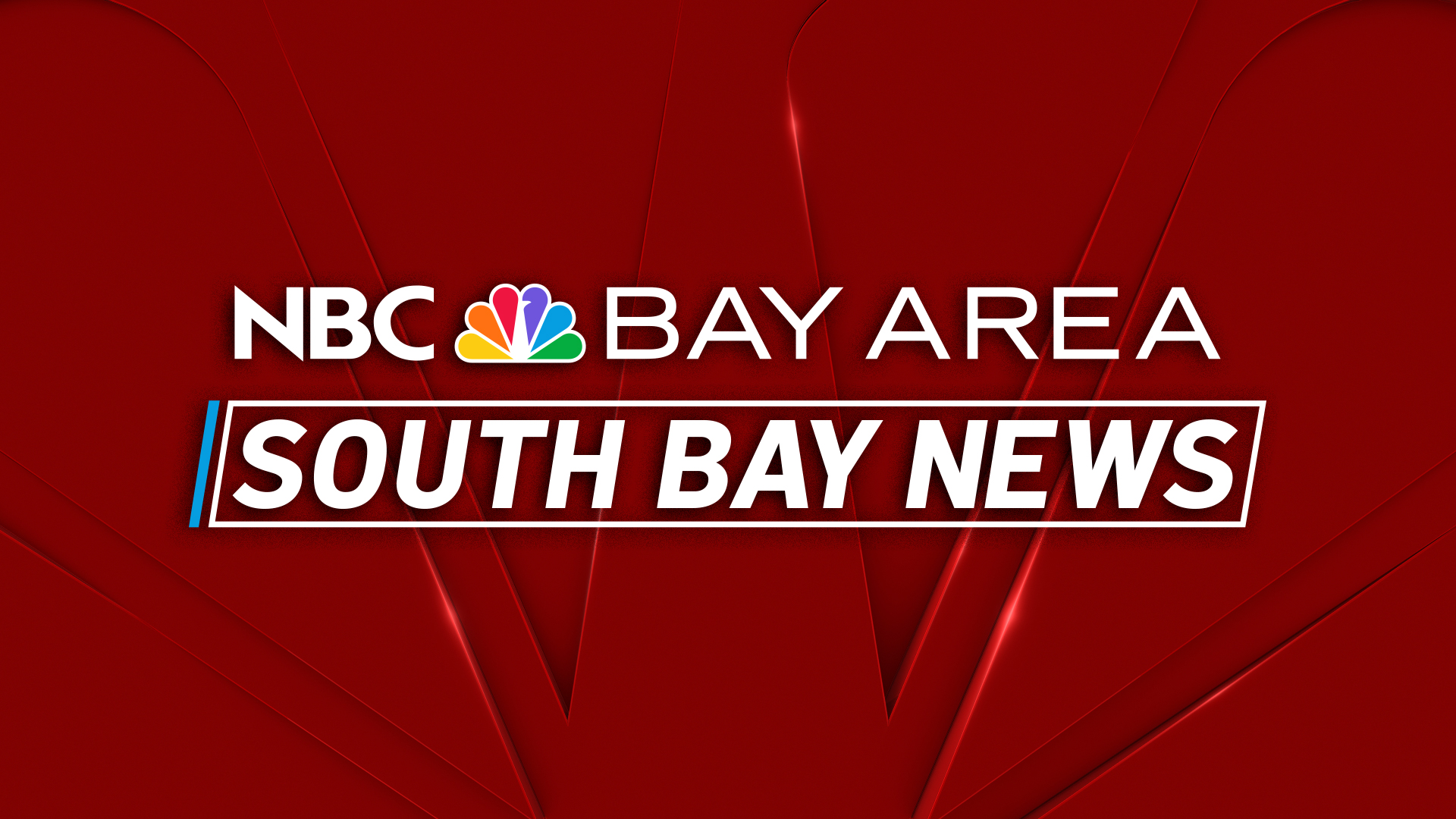It was the perfect antidote to a stream of criticisms, one rambling filibuster and the continuous effort of House Republicans to defund Obamacare.
President Obama unveiled a report this week from the Department of Health and Human Services that shows average premiums on health care exchanges will actually be lower than originally forecast.
The administration has attributed the downward pressure on rates to the basic structure of the new marketplace.
“Competition, choice, transparency- all of these things are keeping costs down,” Obama told a crowd at Prince George’s
Community College in Maryland this week.
According to the Department of Health and Human Services, when enrollment kicks off on October 1st the average premiums on the health care exchanges will be 16 percent lower than the Congressional Budget Office originally projected.
That means for a ‘silver tier’ plan, without subsidies, the individual consumer is expected to pay an average of $328 a month.
For those who qualify for government subsidies, that cost could drop dramatically.
President Obama likened the payments for many currently uninsured Americans to a “cell phone bill,” predicting that a majority of people will pay $100 or less a month.
How accurate are these figures?
Local
“Yes, these products as we understand it, as I’ve seen, are less than what the Congressional Budget Office predicted they would be,” said Gary Lauer, CEO of eHealth, the nation’s largest marketplace for health insurance.
“But you know you’re still looking at an average of over $300 a month to have one of these health insurance products,” he added.
Compare the government’s $328 estimate to the premium rates currently available on eHealth and you might not walk away as impressed.
Lauer says the average price for an individual health plan on the eHealth exchange is $190.
It is quite possible that many individuals buying health insurance through the exchange will end up spending less than $190 a month, depending on their level of subsidy.
But for those without any assistance, the average $328 a month figure represents a significant increase in cost, even if the plan does come with richer benefits.
Lauer points out those average premiums could easily spike beyond 2014, however, depending upon how the market plays out.
That’s a critical point that doesn’t always get full attention in the discussion, he said.
“The real key is what’s [the market] going to look like a year from now,” Lauer posed. “It seems clear to us that the people who are going to enroll in the beginning are those people who have not been able to get health insurance for medical reasons. They’re higher utilizers.”
But without a steady showing of young, healthy enrollees to offset the costs, Lauer says insurance companies will be forced to raise their rates to compensate.
“I don’t think any of us knows the answer to that [question] right now,” he said. “And I think that’s obviously the big question, and the success or failure of this rides and rests on how many people actually do adopt and enroll…or not.”



